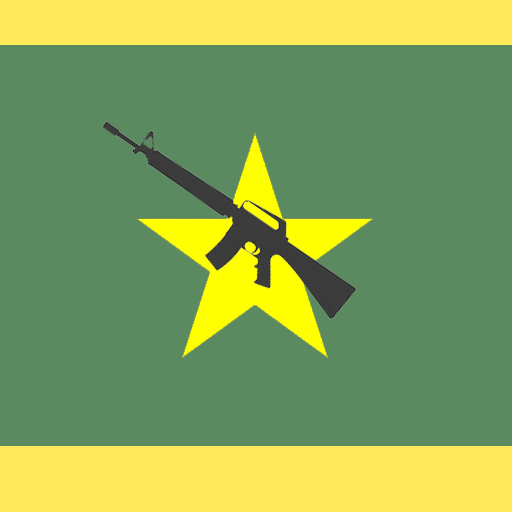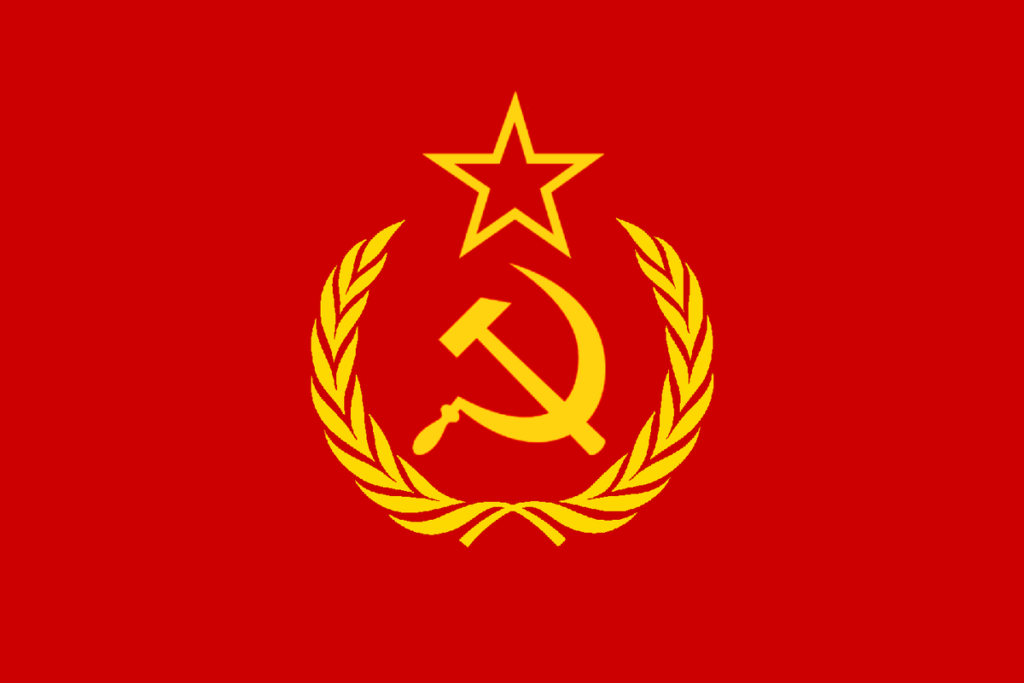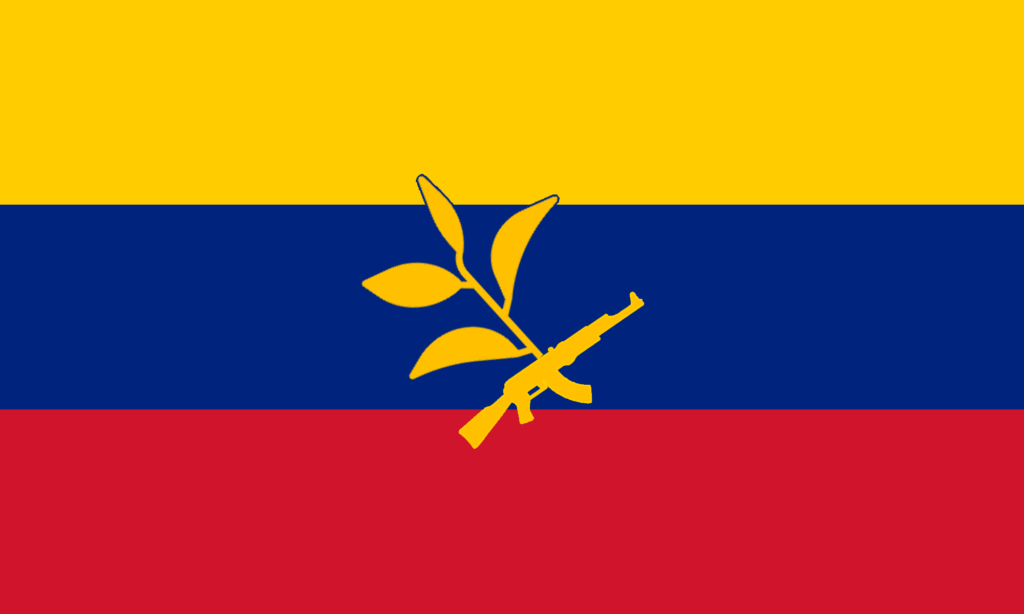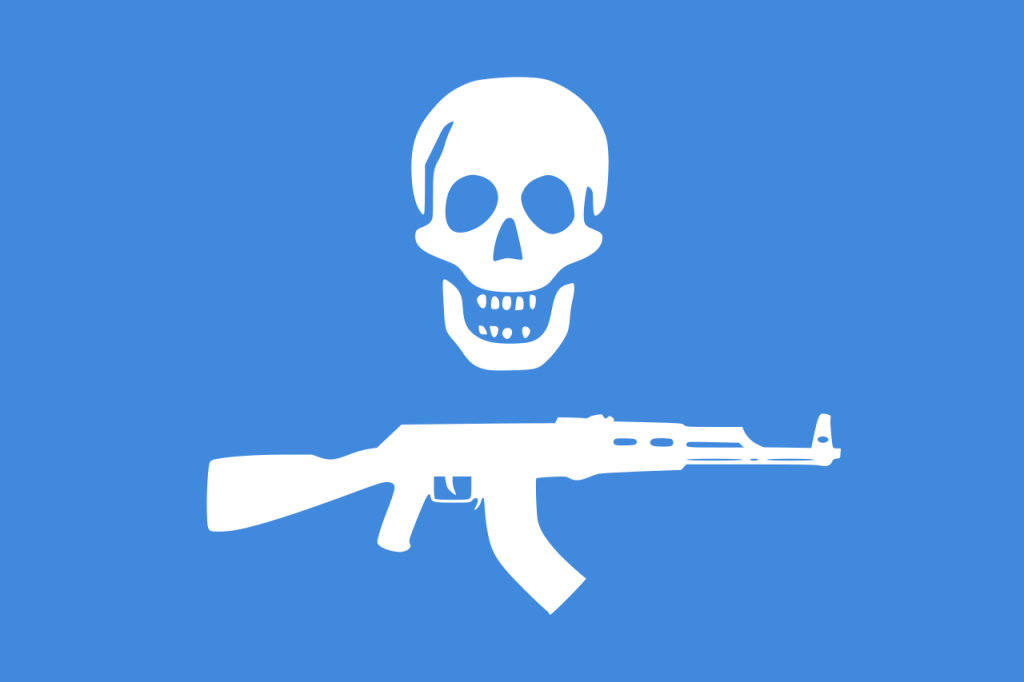The Militia forces are the rebels/insurgents/freedom fighters that form when your country’s government population drops to low enough levels that lawlessness takes hold in provinces that you or your enemies control. Rebels can be used to destabilize a rival country, and they can also be used to topple dictatorships. This represents a period when normal civilians are arming themselves against the government.

The period before a civil war is characterized by different phases each story sequence carries new events and narratives. All country factions will face some type of rebel uprising, USA, and EU will be tasked with foreign or domestic terrorism and militias. If the level of government support control drops below 50% the seeds of a rebellion will start to form. Read more about the story sequence and how the game’s narrative weaves these things together. These will take the form of random terrorist acts and acts of sabotage. While another faction might be responsible for funding these domestic rebels they are still a threat to your government. You might also be tasked with defeating your allies’ rebel factions. Working on behalf of the allied governments. The level of rebellion and unrest in each province is dynamic and can shift over the course of time.
In the grand theater of insurgent suppression, you, the commander, hold the fate of your realm in your hands. To quell the uprising, you must wield a delicate balance of influence in three crucial domains:
Unrest: The shadow of unrest darkens the prospects of any kingdom. It is the measure of discontent, protests, and the elements that disrupt your rule. High unrest leads to frequent disruptions and ominous events. Mitigating unrest necessitates investments in infrastructure, giving your populace opportunities and a stake in the state. Factors such as corruption and poverty fan the flames of unrest.
Support: The bedrock of governance is the support of your people. It reflects the populace’s alignment with your regime, irrespective of its merits or faults. This backing empowers your government to undertake actions that might not otherwise be palatable. But beware, for if support dwindles and rebel factions prowl the streets, you may face a formidable insurrection. Earning support can be achieved through research and diplomacy while breaking promises and harming civilians erode it. Tread carefully, for letting support plummet may trigger civil wars depending on your form of government.
Economic Growth: The sustenance of your realm relies on the economic pulse. Striking the balance between prosperity and its attendant social and political costs is a fundamental facet of your strategy. Nurturing economic growth involves resource allocation, infrastructure development, research, and trade. This core mechanic drives your ability to rebuild, produce, and maintain your hold over territory. Trading and resource development are the keystones to economic prosperity, with countless avenues to amassing wealth.
To thwart the rebel threat, you wield three strategies: one of allure and two of force.
Infrastructure Spending: Channel your nation’s resources into infrastructure development. Build a mosaic of structures to soothe provinces with dwindling support. The game offers a diverse array of infrastructure types, each with unique effects and demands. However, be mindful of the economic overhead incurred by your creations. Striking the right balance in infrastructure is a key strategic challenge. Research unlocks superior technologies and transforms your provinces into idyllic havens. As you expand infrastructure, expect increased resource consumption, necessitating trade or technological advancement to meet the populace’s demands.
Covert Warfare: Employ your intelligence agency to conduct covert operations. Think of them as missions like drone strikes, assassination plots, and coups. These operations target rebel leadership, weakening their support. Be cautious, for covert actions entail risks. They may inadvertently harm civilians and bolster rebel support. Such operations consume time and resources and alone may not quell the rebellion. Remember, intelligence agents primarily focus on domestic intelligence work and aren’t deployable in foreign lands.
Militaristic Suppression: When diplomacy fails, turn to your military might to vanquish the insurgents. However, unleashing your forces upon your own people carries grave consequences. It erodes support, inflames unrest, and may lead rival nations to fund insurgent factions. In certain government forms, subduing rebels becomes the norm, but the repercussions are significant. Changing your nation’s system might be an option, but this shift comes with a loss of advanced military assets. If the rebels are deemed the righteous cause, you can aid them and expand their foothold in territories not under your sway.
As rebel cells take root in provinces, they systematically dismantle vital infrastructure. Combat missions against militias, whether in your domain or that of your allies, become necessary. Waging an insurgency on home soil is detrimental to your economy, slowing resource production, reducing income, and further eroding support. Militia missions manifest as YELLOW icons on the world map, pitting you against a diverse array of militia forces, depending on the mission’s location.
Depending on where the mission occurs you will face off against a wide array of militia forces they include.
Calphiate

Calphiate primary driver is Islamic fundamentalist ideology and the creation of an Islamic Caliphate which it seeks to expand and has taken hold in several states in the aftermath of the Syrian civil war. Calphiate as a faction in the game is the militia proxy force for all of the Middle East, Africa, and parts of Asia. Any allies or rivals that are in these regions will have Calphiate militia forces as their rebels. The Calphiates army is a mix of Western and Eastern late 1990s and ex-Soviet equipment. The Calphiate’s forces rely on mobility and avoiding direct military confronts so much of their inventory reflects this.
Western Militia

The Western Militia emerges as the formidable force one would anticipate encountering after a successful invasion of Western Europe or the Western Hemisphere. This faction embodies a fusion of American and European armored ground and air systems, hailing from the 1980s through the early 2000s.
What sets the Western Militia apart is its decentralized leadership structure, organized into small, elusive cells. This decentralized arrangement poses a significant challenge, making the eradication of this faction’s influence a complex endeavor. To ensure lasting peace, every province must be thoroughly cleansed of militia support to prevent the resurgence of democratically-backed rebel movements.
Drawing inspiration from the battle-hardened tactics of the 1980s, Western rebels boast access to a formidable arsenal. Their inventory spans military helicopters, aircraft, and heavy weaponry, including tanks and artillery. Their modus operandi is one of unwavering aggression, showing no mercy on the battlefield. The Western Militia stands as the most conventional militia force, making them a formidable adversary in the relentless pursuit of their goals.
Eastern Militia

The Eastern Militias take their form from the fragments of former ex-Soviet states and their client states, extending their influence over vast swathes of Asia, South America, and Africa. These formidable factions have emerged from the shadows of their parent governments, each province evolving into an autonomous Socialist People’s Republic with a fervent desire to resurrect the Marxist Soviet Union system.
The military might of the Eastern Militia pays homage to its ex-Soviet heritage. While the old ways remain both potent and deadly, their arsenals include surface-to-air missiles (SAMs), anti-tank guided missiles, and formidable heavy tanks. When it comes to ground forces, the Eastern Militia stands as the apex among the militia proxies you’ll encounter.
But their strength isn’t confined to land. The Eastern Militia’s formidable presence extends to the skies, where they deploy aircraft and helicopters from the ex-Soviet era. The likes of the MIG-21, MIG-23, and Mi-8 take to the air, ready to defend their vision of a new order.
The Eastern Militia’s reach is vast, spanning proxy forces across Eastern Europe, Asia, and various regions of Africa. Their tenacity and formidable ground forces make them a powerful adversary in the ongoing struggle for dominance in this complex geopolitical landscape.
The Cartel

The Cartel emerges as a potent militia faction, born from the unholy nexus of drug money and governmental corruption. This nefarious force’s roots extend across the continents of North and South America, Europe, Africa, and Asia, mirroring their historical involvement in the illicit drug trade.
In many provinces under their dominion, the Cartel wields tight control over drug laboratories and manufacturing facilities. They commandeer smuggling routes in regions where government authority is lacking, acting as a proxy force for all North and South American militias. Though their military may be relatively compact compared to other factions lacking tanks or artillery, they compensate with access to high-end equipment and highly trained, exceptionally effective operatives. Furthermore, they tap into state military hardware and civilian resources which makes telling friends from foes extremely difficult.
The Cartel’s tactical ingenuity sets them apart. They seamlessly blend in with civilian populations, using civilian vehicles, and navigating through commercial areas. The Cartel employs civilian ships and commercial aircraft to facilitate the transportation of drugs and weapons, obscuring their malevolent operations in plain sight. Cartels use commercial and civilian vehicles to mount heavy weapons. In regions where the cartels control the government access to heavier military equipment is opaque with loyal cartel pilots, captains, and senior officers willing to moonlight for the cartels.
When it comes to Cartel missions, patience and meticulous observation are key. Operatives must bide their time, waiting for the opportune moment to strike. Delicate finesse is required, for indiscriminate violence against civilians only serves to bolster the popular support for Cartel forces. As a result, the Cartel ranks among the most intricate and challenging militia factions to confront and ultimately defeat in our multifaceted game world.
Pirate Navy

The Pirate Navy emerges as a formidable collective, a motley crew of privateers, criminals, and displaced fishermen. They operate as a quasi-national force, mirroring the structure and operations of drug organizations. With a cunning blend of small boats and imposing motherships that lay claim to isolated pockets of territory, they enforce drug routes, provide security for smugglers, and board ships to take hostages. The Pirate Navy possesses the capacity to seize critical waterways and strategic areas on the map. Player-controlled navies must sail into these contested zones and eradicate the maritime marauders that disrupt these waterways.
The Pirate Navy’s arsenal is as diverse as its nefarious operations. They deploy an assortment of civilian boats retrofitted with machine guns, RPGs, and other formidable armaments. Moreover, they commandeer more potent vessels, some of which have been pilfered from the naval fleets of African nations, transforming stolen patrol boats into instruments of maritime mayhem. Their influence, however, is confined to the high seas, lacking an air force and terrestrial forces.
Here are the key components of the Pirate Navy:
Smuggler Boat: These long-range semi-semersable vessels are adapted from South American designs used for cocaine smuggling. They can be equipped with anti-shipping missiles, posing a considerable threat to ships from a distance due to the low profile, low radar signature, and large cargo holds that can mount anti-ship missiles.
RHIB (Rigid-Hulled Inflatable Boat): These rubber inflatable boats are armed with machine guns and are utilized for boarding operations. While agile, they lack armor and are vulnerable to cannon and missile fire.
Speed Boats: Commercial speed boats employed by pirates can rapidly approach and attack civilian ships and commercial traffic, thanks to their swiftness. They mount heavy weapons for hit-and-run tactics.
Fishing Boats: Repurposed fishing boats serve as the backbone of the pirate fleet. They launch smaller raiding boats and can sustain pirate crews for extended periods, enabling long-range operations.
USV (Unmanned Suicide Boat): These unmanned vessels carry a massive sea mine payload, allowing pirates to target and attack large capital ships from safe distances. They represent a significant technological advancement for the Pirate Navy.
Pirate Mothership: Container ships, converted into massive motherships, serve as mobile bases, launching dozens of smaller boats for coordinated raids. Difficult to detect, they travel under stolen identities and reflagged ships within commercial sea lanes. These vessels can host up to a thousand pirates operating collectively.
Navy Ships: The Pirate Navy has commandeered late-era guided missile frigates from local allies’ navies. Notably, the Perry Class frigates, renowned for their resilience, offer substantial patrol capabilities in the territory controlled by the pirates.
Pocket SSBN (Submarine-Launched Ballistic Missile Submarine): The most ominous vessel in the Pirate Navy’s arsenal, the JIA, is a pocket SSBN stolen from the North Korean navy. While not armed with nuclear warheads, it carries HWANG-6 SLBM missiles with conventional payloads. Its whereabouts remain a mystery, and its capacity to launch missiles with a range of nearly 1000km poses a formidable threat. The final mission in the pirate questline tasks players with hunting down and neutralizing this vessel, ensuring a safer maritime world.